A solar water heater for a pool is an excellent option to effectively heat your swimming pool water using the power of the sun. It is a cost-efficient and environmentally friendly alternative to conventional pool heaters. In this article, we will provide a comprehensive summary of the benefits, components, and step-by-step instructions for building your own DIY solar water heater for a pool. Benefits of a DIY Solar Water Heater for Pool: 1. Cost-effectiveness: One of the primary advantages of a DIY solar water heater is its cost-effectiveness. Solar energy is abundant, free, and readily available, which means that once the initial investment is made, the operational costs will be significantly lower compared to traditional pool heaters that rely on gas or electricity. 2. Environmental sustainability: By harnessing energy from the sun, a DIY solar water heater reduces the reliance on fossil fuels. This means it minimizes greenhouse gas emissions and contributes to a healthier and more sustainable planet. 3. Extended swimming season: A solar water heater can prolong the swimming season by raising the water temperature to a comfortable level. With a DIY solar water heater, you can enjoy your pool earlier in the spring and later into the fall without incurring additional expenses.
Solar water
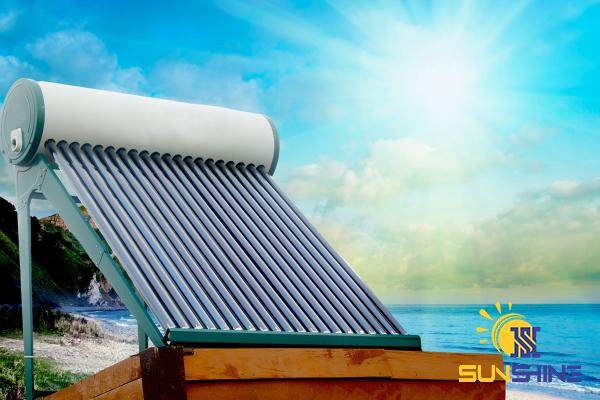 Components of a DIY Solar Water Heater for Pool: To construct your own solar water heater for a pool, you will need the following components: 1. Collector: The collector is the essential component of a solar water heater. It captures the sun’s energy and heats the pool water. The collector can be homemade using materials such as PVC pipes, glass or plastic panels, or even aluminum cans. 2. Pump: A pump is required to circulate the pool water through the solar collector and back into the pool. The pump ensures efficient heat transfer and even distribution of heated water. 3. Heat exchanger: A heat exchanger is an optional component that can be added to the system to facilitate heat transfer. It allows the solar energy to heat a separate loop of water, which then transfers the heat to the pool water without mixing the two. 4. Controller: A solar controller helps to automate the system by monitoring the temperature of the pool water and activating the pump when the desired temperature is not met. It ensures optimal energy usage and prevents overheating or excessive cooling. Step-by-Step Instructions for Building a DIY Solar Water Heater for Pool: Follow these step-by-step instructions to build your own solar water heater for a pool: Step 1: Determine the size of the collector needed based on the size of your pool.
Components of a DIY Solar Water Heater for Pool: To construct your own solar water heater for a pool, you will need the following components: 1. Collector: The collector is the essential component of a solar water heater. It captures the sun’s energy and heats the pool water. The collector can be homemade using materials such as PVC pipes, glass or plastic panels, or even aluminum cans. 2. Pump: A pump is required to circulate the pool water through the solar collector and back into the pool. The pump ensures efficient heat transfer and even distribution of heated water. 3. Heat exchanger: A heat exchanger is an optional component that can be added to the system to facilitate heat transfer. It allows the solar energy to heat a separate loop of water, which then transfers the heat to the pool water without mixing the two. 4. Controller: A solar controller helps to automate the system by monitoring the temperature of the pool water and activating the pump when the desired temperature is not met. It ensures optimal energy usage and prevents overheating or excessive cooling. Step-by-Step Instructions for Building a DIY Solar Water Heater for Pool: Follow these step-by-step instructions to build your own solar water heater for a pool: Step 1: Determine the size of the collector needed based on the size of your pool.
Specifications of solar water
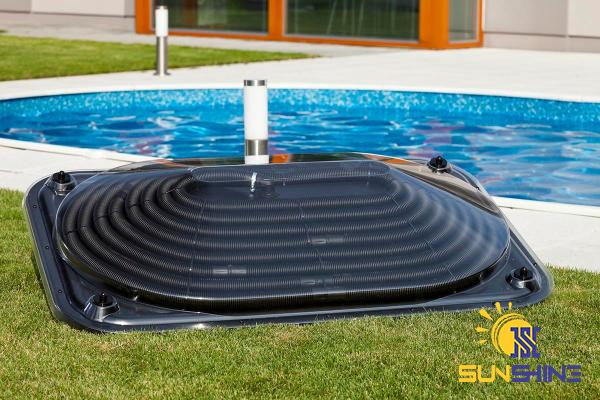 Generally, the collector area should be around 50-100% of the pool’s surface area. Step 2: Construct the collector using the selected material such as PVC pipes, glass or plastic panels, or aluminum cans. The collector should be designed to maximize sunlight absorption, often through a transparent cover and a black absorbent surface. Step 3: Install the collector on the roof or any other location that receives maximum sunlight throughout the day. Ensure that the collector is angled towards the south (in the northern hemisphere) or north (in the southern hemisphere) for optimal exposure to the sun. Step 4: Connect the collector to the pool water circulation system. Install a pump to circulate the pool water through the collector. For efficient heat transfer, consider adding a heat exchanger between the pool water and the collector loop. Connect the pump and heat exchanger to the controller, if desired. Step 5: Install temperature sensors in the pool to connect them to the solar controller. This allows the controller to monitor the pool water temperature and activate the pump when necessary. Step 6: Test the system by turning on the pump and monitoring the water temperature.
Generally, the collector area should be around 50-100% of the pool’s surface area. Step 2: Construct the collector using the selected material such as PVC pipes, glass or plastic panels, or aluminum cans. The collector should be designed to maximize sunlight absorption, often through a transparent cover and a black absorbent surface. Step 3: Install the collector on the roof or any other location that receives maximum sunlight throughout the day. Ensure that the collector is angled towards the south (in the northern hemisphere) or north (in the southern hemisphere) for optimal exposure to the sun. Step 4: Connect the collector to the pool water circulation system. Install a pump to circulate the pool water through the collector. For efficient heat transfer, consider adding a heat exchanger between the pool water and the collector loop. Connect the pump and heat exchanger to the controller, if desired. Step 5: Install temperature sensors in the pool to connect them to the solar controller. This allows the controller to monitor the pool water temperature and activate the pump when necessary. Step 6: Test the system by turning on the pump and monitoring the water temperature.
buy Solar water
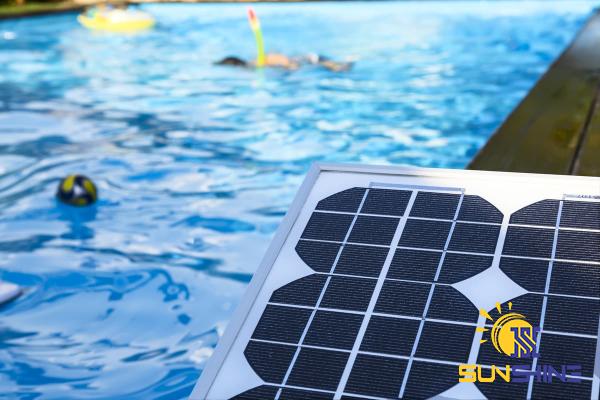 Adjust the system settings as needed to achieve the desired pool water temperature. Maintenance and Considerations: To ensure the optimal performance of your DIY solar water heater for a pool, consider the following maintenance tips: 1. Check for debris: Regularly inspect the collector and clean any debris or leaves that may block sunlight and hinder heat absorption. 2. Monitor system performance: Keep an eye on the system’s performance and adjust the collector’s angle if necessary to ensure maximum exposure to sunlight. Also, check for any leaks or malfunctions and fix them immediately. 3. Winterizing: Before the winter season arrives, drain the solar water heating system to prevent freezing and potential damage to the components. 4. Safety precautions: When working with a solar water heater, be cautious of hot surfaces and electrical connections. Follow safety guidelines and consult professionals if needed. Conclusion: A DIY solar water heater for a pool is a practical and eco-friendly solution for heating your pool water. By maximizing the sun’s energy, it reduces energy costs, extends the swimming season, and promotes environmental sustainability. Constructing your own solar water heater is relatively simple, and by following the outlined steps and considering maintenance tips, you can enjoy the benefits of a cost-effective, efficient, and environmentally friendly pool heating system for years to come.
Adjust the system settings as needed to achieve the desired pool water temperature. Maintenance and Considerations: To ensure the optimal performance of your DIY solar water heater for a pool, consider the following maintenance tips: 1. Check for debris: Regularly inspect the collector and clean any debris or leaves that may block sunlight and hinder heat absorption. 2. Monitor system performance: Keep an eye on the system’s performance and adjust the collector’s angle if necessary to ensure maximum exposure to sunlight. Also, check for any leaks or malfunctions and fix them immediately. 3. Winterizing: Before the winter season arrives, drain the solar water heating system to prevent freezing and potential damage to the components. 4. Safety precautions: When working with a solar water heater, be cautious of hot surfaces and electrical connections. Follow safety guidelines and consult professionals if needed. Conclusion: A DIY solar water heater for a pool is a practical and eco-friendly solution for heating your pool water. By maximizing the sun’s energy, it reduces energy costs, extends the swimming season, and promotes environmental sustainability. Constructing your own solar water heater is relatively simple, and by following the outlined steps and considering maintenance tips, you can enjoy the benefits of a cost-effective, efficient, and environmentally friendly pool heating system for years to come.
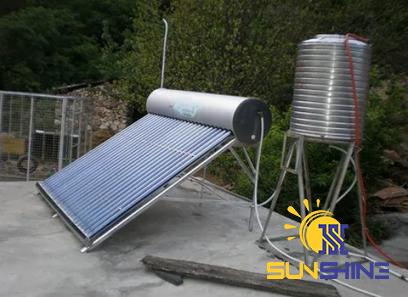
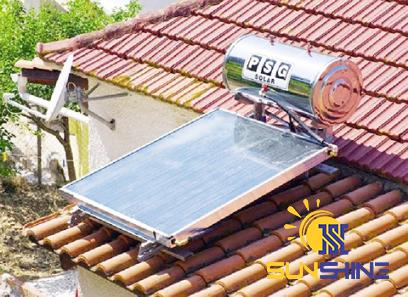
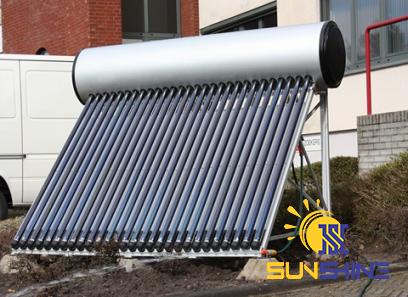
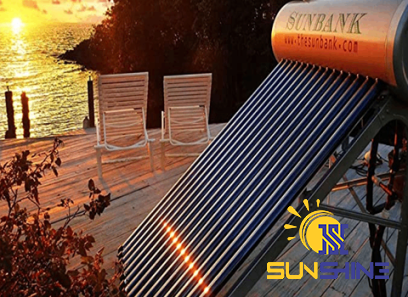
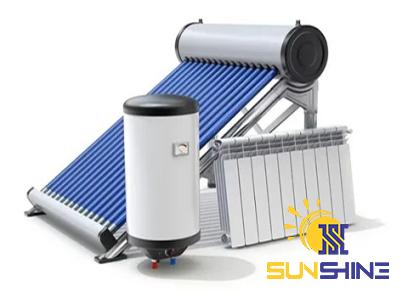
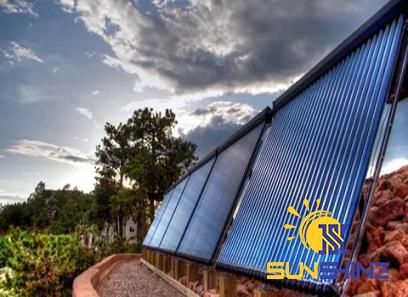
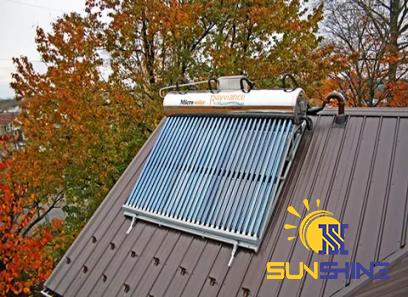
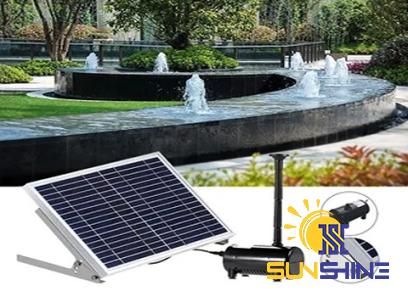
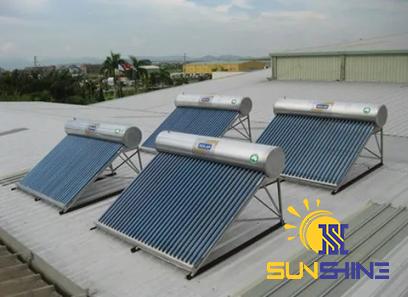
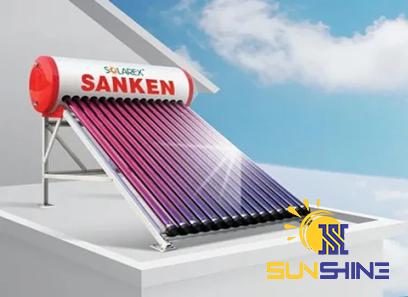
Your comment submitted.